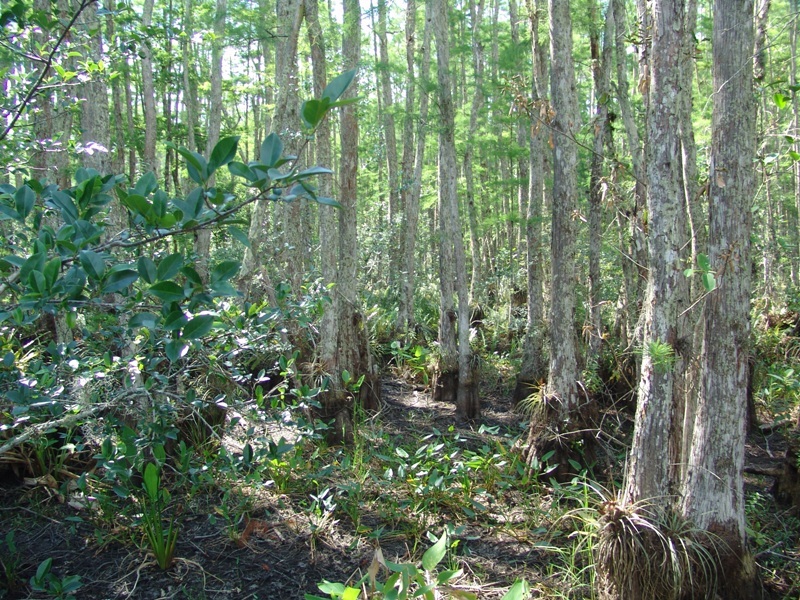Florida Gov. Rick Scott (R) has slashed more than $700 million from the five water management districts in the state, with most of the cuts trimming back plans to purchase private property for land conservation purposes.
Core Mission Abandoned
The $700 million budget cut represents approximately 40 percent of the state budget for water management. The largest piece of the pie—nearly $405 million—came from land acquisition, conservation, and restoration coffers. The remainder was made through employee layoffs and reductions in benefits.
In a public statement, Department of Environmental Protection Secretary Herschel Vinyard said the governor ordered the budget reductions in order to force the five districts to focus on their core missions: supplying water, providing protection from floods, maintaining water quality, and overseeing the natural water supply.
Expensive Mission Creep
Not everyone is on board with the budget scale-back. Audubon of Florida and other environmental activist groups criticized the cuts even though the state was running a $3 billion budget deficit. But according to Robert Sanchez, policy director for the Tallahassee-based James Madison Institute, the governor is only trying to implement fiscally sound policies in a time of tight budget constraints.
Gov. Scott “is properly trying to rein in the excesses endemic at some of Florida’s water management districts in recent years. Originally created for the primary purpose of flood control, they have morphed into large bureaucracies performing a varied assortment of other tasks,” Sanchez said.
“One reason contributing to the mission creep at these districts, which are governed by boards of gubernatorial appointees,” Sanchez added, “is that they have the authority to levy property taxes.”
On the issue of land acquisition, Sanchez noted, “the question becomes, ‘When is enough enough?'”
Land Already Set Aside
Randall Holcombe, who wrote a James Madison Institute study in March 2009 called “Creating a Public/Private Partnership for Florida’s Conservation Land Management,” found state-owned conservation lands comprise 6,000 square miles, more than 11 percent of the state. The cost for taxpayers to manage and care for the state-owned lands is more than $220 million each year, according to Holcombe’s study.
“Moreover, as Florida’s former agriculture commissioner, Charles Bronson, frequently noted,” Sanchez said, “not only does land acquisition remove these properties from the tax rolls, but the state already has acquired more property than it can manage effectively. As a result, a good bit of state-owned land— formerly productive and well-managed as farms and ranches—has been overrun by invasive species of plants and animals.”
Cheryl Chumley, [email protected], writes from northern Virginia.




